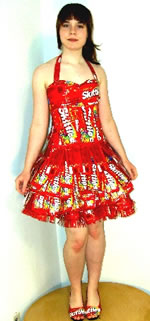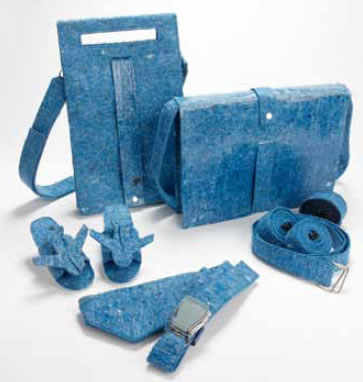To reduce your impact on the landfill, try some of these following tips:
- Compost kitchen and yard scraps (how to available here)
- Bring reusable bags to the grocery store
- Switch from a paper lunch bag to a reusable lunch box
- Donate stuff you don't want anymore (but is still in good condition) to a thrift store, or sell it on craigslist or ebay.
- Keep something in your car to bring extra food from restaurants home with (instead of the disposable styrofoam containers)
- Try to buy things with as little packaging as possible.
- Bring a reusable cup to Starbucks
- Avoid bottled water. Use a reusable water bottle instead (check out these cool designs)
- Use reusable containers instead of Ziploc bags
- Recycle!
- Use reusable plates, silverware, and cups while eating
- When buying things, think about
- will this break soon or will it last a long time?
- does this have excessive packaging?
- can I borrow or rent this instead?
- can I recycle this when I'm done with it?

For more tips, visit:
No Impact Man
Green Garbage Project
Gaiam Life
A zero waste family
Comment with your own tips and ideas! :)






